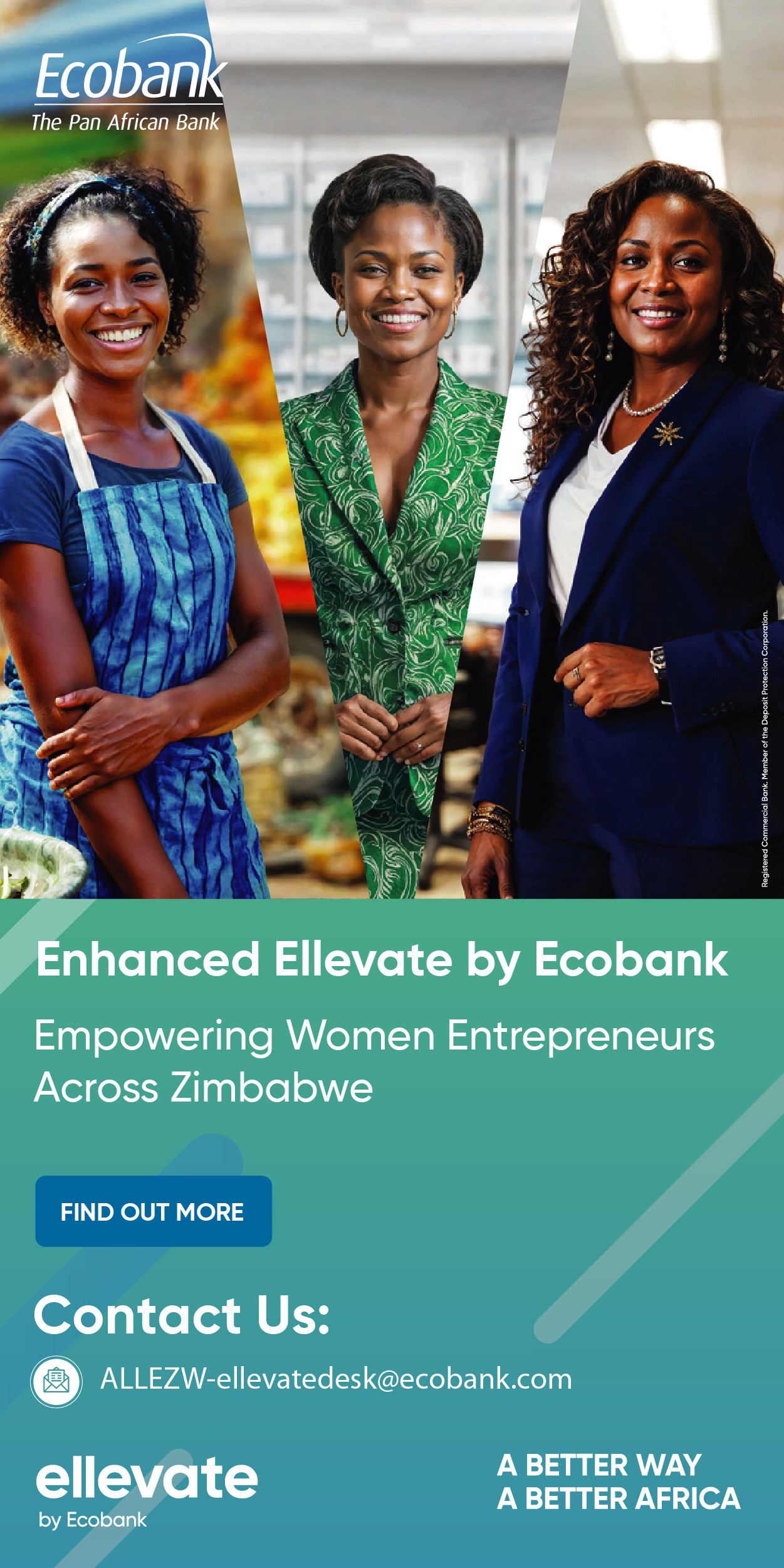- Tigere REIT says Zimbabwe’s property market is witnessing a strong rebound, driven by over US$1.5 billion in diaspora remittances in the first eight months of 2025
- There is a growing trend of capital hedging into property as investors seek protection from currency volatility, accelerating developments in cluster housing, retail centres, and warehousing projects
- The company plans to acquire two new income-generating properties in Q4 2025, a move expected to expand its portfolio, strengthen yield stability, and diversify risk amid Zimbabwe’s evolving macroeconomic environment
Harare - Tigere, a distinguished Zimbabwe Stock Exchange (ZSE)–listed real estate investment trust (REIT), has flagged that Zimbabwe’s property market is experiencing a strong resurgence.
In its trading update for the third quarter ended 30 September 2025 the company said this is fuelled by sustained diaspora remittances and growing institutional investor participation seeking safety from persistent currency volatility.
‘’ The property sector remains largely supported by diasporan inflows and local institutional investors seeking a reprieve from mono-currency uncertainties,’’ reads the trading update.
The development signals a reallocation of capital toward hard assets, reflecting shifting investor sentiment and renewed confidence in real estate as a hedge against macroeconomic uncertainty.
The property sector remains largely buoyed by diaspora inflows and local institutional investment, which have accelerated the development of cluster housing, retail centres, and warehousing projects across key urban growth nodes.
In the first 8 months of 2025 diaspora remittances were US$1.5 billion, marking a 15% increase from the US$1.3 billion recorded in the same period last year.
Improved infrastructure around Harare’s northern suburbs and other major cities has further strengthened the sector’s bullish sentiment, highlighting real estate’s resilience amid tightening liquidity in the wider economy.
Despite minor operational headwinds, including a planned tenant change that saw occupancy at Highland Park Phase 1 dip slightly to 98.7%, the REIT maintained robust tenant turnover throughout the quarter and anticipates a strong uplift in footfall and rental income during the closing summer months as infrastructural upgrades around the Highlands Precinct are completed.
Hedging Through Bricks and Mortar
The renewed flow of capital into real estate from both the diaspora and institutional investors reveals an important macroeconomic trend , the re-emergence of property as a preferred inflation hedge and a store of stable value in a market still grappling with exchange rate volatility.
With limited confidence in financial instruments denominated in local currency, investors are turning to physical and income-generating assets such as retail and mixed-use developments to preserve purchasing power.
Economically, this movement has dual implications, on one hand, it stimulates construction activity, creates employment, and supports allied industries such as cement, steel, and financial services, contributing positively to GDP growth. On the other, it highlights a structural gap in productive investment, as liquidity gravitates toward defensive assets rather than export-oriented or manufacturing ventures that could enhance national competitiveness.
Looking ahead, the company plans to acquire two income-generating assets in the fourth quarter of 2025 expected to expand the fund’s income base, enhance yield stability, and diversify portfolio risk .
Equity Axis News





